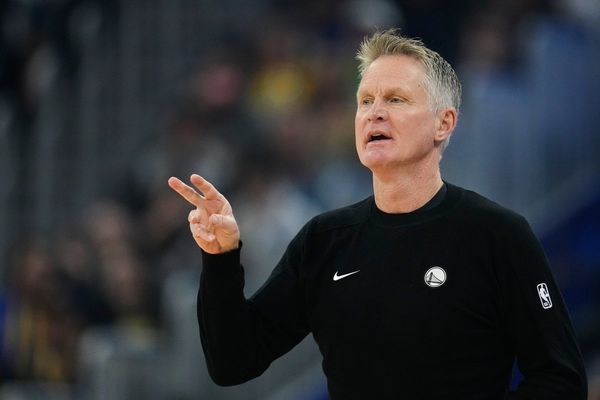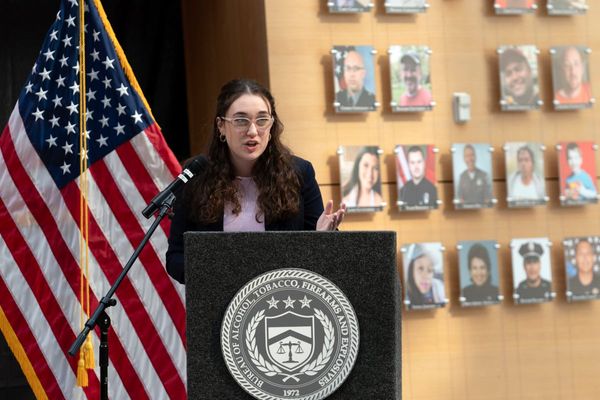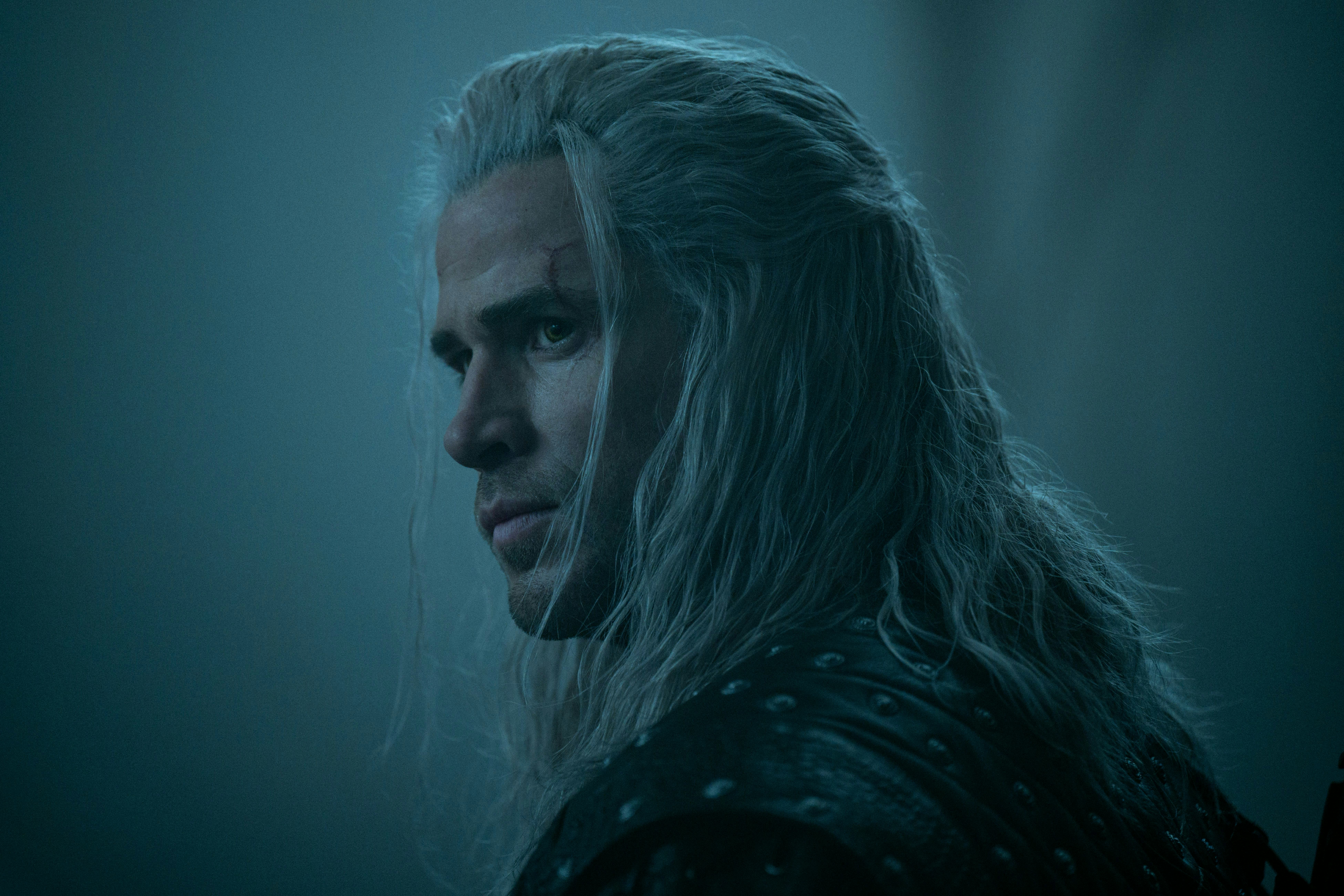
When Regis (Laurence Fishburne), a charismatic man of mystery, posits that “our Witcher is in a state of flux,” he might as well be talking about The Witcher, the series striving for a goal that seems forever out of reach.
Like its title hero, Geralt of Rivia, The Witcher has been fighting for so long it doesn’t truly know what it’s fighting for anymore. But at the same time, has it ever? The Witcher came up among a brood of shows designed to compete with HBO’s Game of Thrones, and it’s one of the last standing — but that’s less a credit to its quality or watchability than its dogged refusal to perish. The powers that be, from showrunner Lauren Schmidt Hissrich to former leading man Henry Cavill, believe in this show. They’re passionate about its story, adapted from Andrzej Sapkowski’s beloved fantasy novels. But its previous entries have each proven that belief and passion aren’t always enough. Its last season was a particularly egregious low point; given that it was also Cavill’s last, its scattershot, downbeat cliffhanger could have (maybe even should have) been the coup de grace that closed this book for good.
But again, like Geralt, The Witcher is not quite ready to give up. In fact, the series has been reborn — or, at least, it’s starting to be. Season 4 is the chrysalis set to internalize all the series’ messy, disparate pieces and spit out something that finally, blessedly works. With a new lead in Liam Hemsworth, The Witcher also has a new lease on life. But is it enough to justify yet another turn of the wheel?
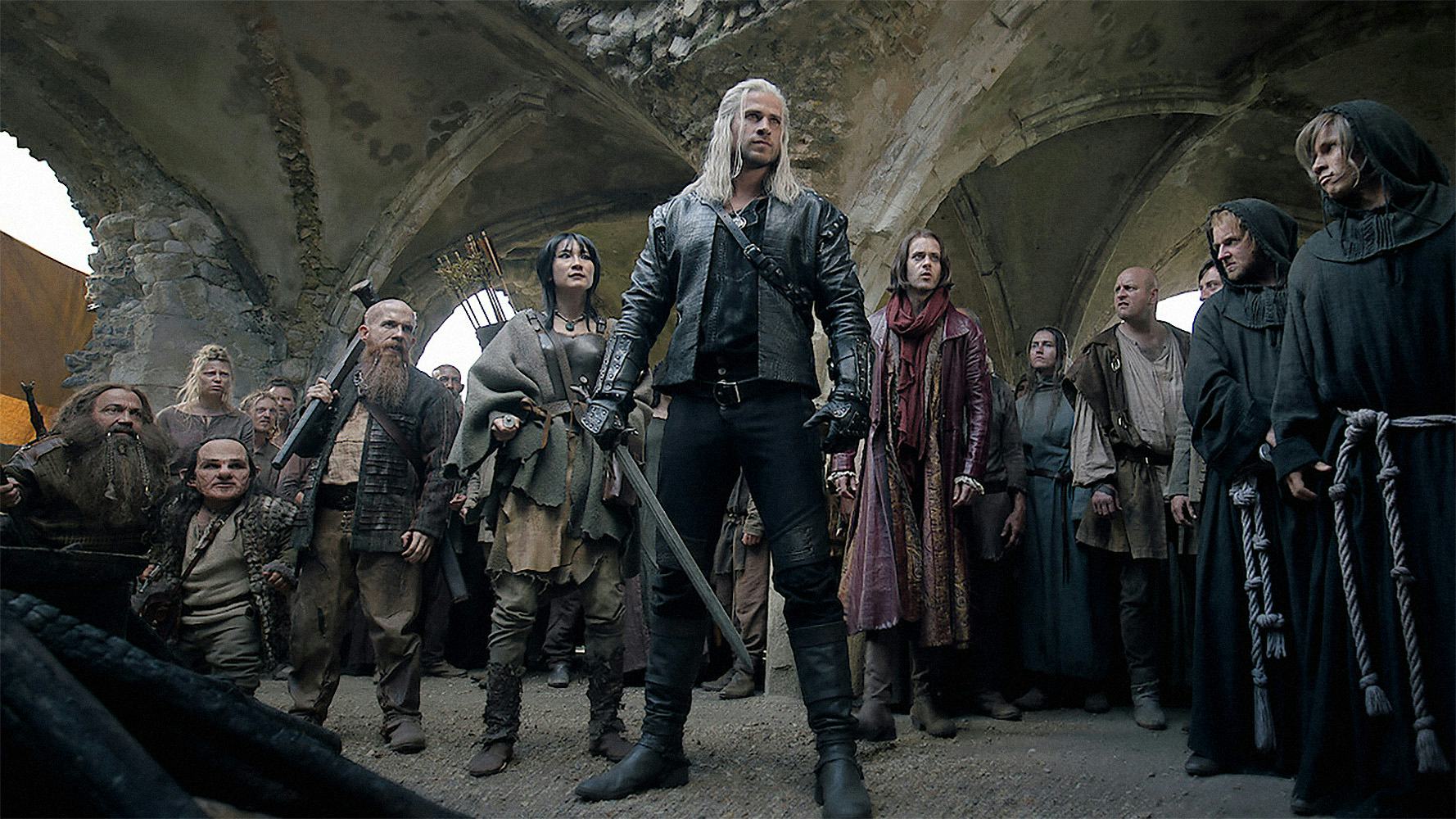
Season 4 of The Witcher opens with our heroes at their lowest points so far. Geralt finds himself once again separated from his destined family, the sorceress Yennefer of Vengerberg (Anya Chalotra) and his Child of Surprise, Princess Cirilla (Freya Allen), after the disastrous conclave at Thanedd. A futile duel with Vilgefortz (Mahesh Jadu), the evil mage who’s been orchestrating a civil conflict in the shadows, has left his body broken and his morale nearly diminished. Still, none of that has dimmed his singular goal of rescuing Ciri, whom he believes is being held hostage by Emhyr (Bart Edwards), emperor of Nilfgaard and also her biological father. Where “old” Geralt was a man of few words, he’s now a broken record. At the top of Season 4, he’s constantly admonishing his party for wasting time and distracting him from getting to Ciri. It’s as grating as it sounds, though Hemsworth — working with a modicum more charm than Cavill used as Geralt — does what he can to soften the blow of it.
It’s difficult to describe the differences between Hemsworth and Cavill’s take on Geralt, but that might be the best thing for The Witcher. Hemsworth slots so seamlessly into Geralt’s trademark silver wig and black armor, making the most out of stoic simulacrum, that at times I almost forgot the role had been recast at all. It helps that Geralt is so emotionally low-effort. He’s the proverbial aura farmer, and Hemsworth, no stranger to the strong, silent types, has little trouble selling his smolder or hard stare. He’s also equally capable with a sword, ensuring that The Witcher’s breakneck action sequences retain a compelling focal point. At times, you do miss watching Cavill explore Geralt’s softer side and his stilted emotions — but Hemsworth’s snappy warmth is just what The Witcher needs as it journeys into a darker chapter.
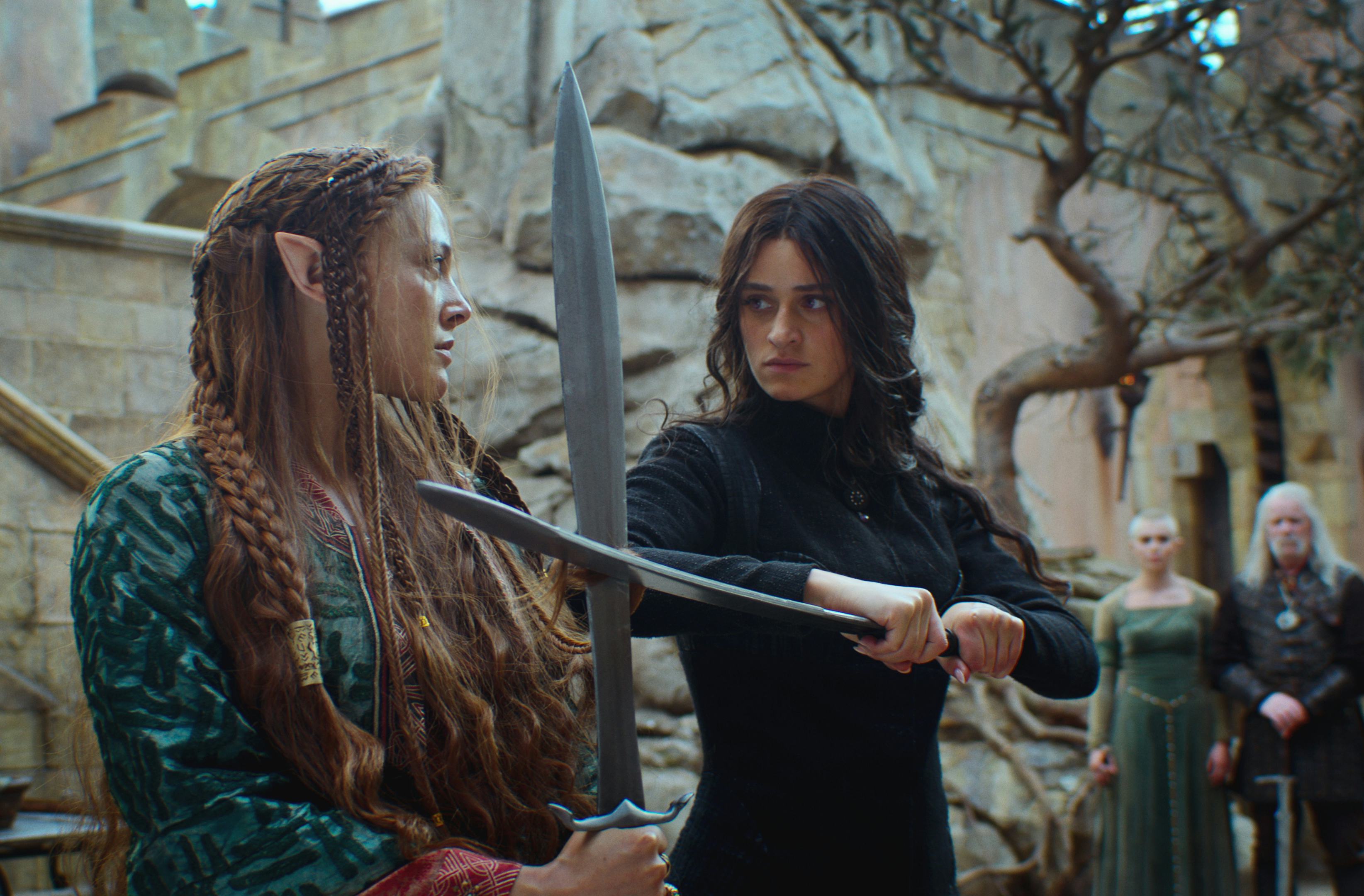
Hemsworth doesn’t get many chances to test his chemistry with Chalotra and Allen, as these characters are scattered to the winds for most of the season. Instead, a sprinkling of flashbacks and dream sequences retroactively slot his Geralt into their established dynamic. It’s enough to make you root for their inevitable reunion, but The Witcher wisely uses their separation to feed the parts of this story that have never completely worked.
In Season 3, it was Geralt, Yennefer, and Ciri against The Witcher’s half-baked fantasy world. The series never made a concerted effort to explain the different players of the Continent, to break down why the Nilfgaardian Empire was warring with the Northern Kingdoms or what the Brotherhood of Mages really brought to the table, at least not in a way that felt easy to follow. With our heroes on the back foot, forced to regroup with allies new and old, The Witcher can finally slow down and reset the board for a much larger battle to come. Geralt reunites with the plucky bard Jaskier (Joey Batey, still consistent comic relief) and slowly — if reluctantly — starts to form his own D&D-esque party, complete with a smart-mouthed ranger (Meng’er Zhang), three squabbling dwarves, and a few well-meaning monsters, Regis included.
Yen, meanwhile, is back at Aretuza, laboring to rebuild the Brotherhood and making the world a safe place for Ciri. That means destroying Vilgefortz by any means necessary, and allying with mages she previously fought against — like shape-shifter Philippa (Cassie Clare), the treacherous Fringilla (Mimî M. Khayisa), or the doomed queen of the elves, Francesca (Mecia Simson). It’s supremely satisfying to watch these fellowships form and navigate trust. It gives The Witcher time to breathe context into once-tangled political plots, and it’s a great counterbalance to an arc that still lacks heft: Ciri’s.
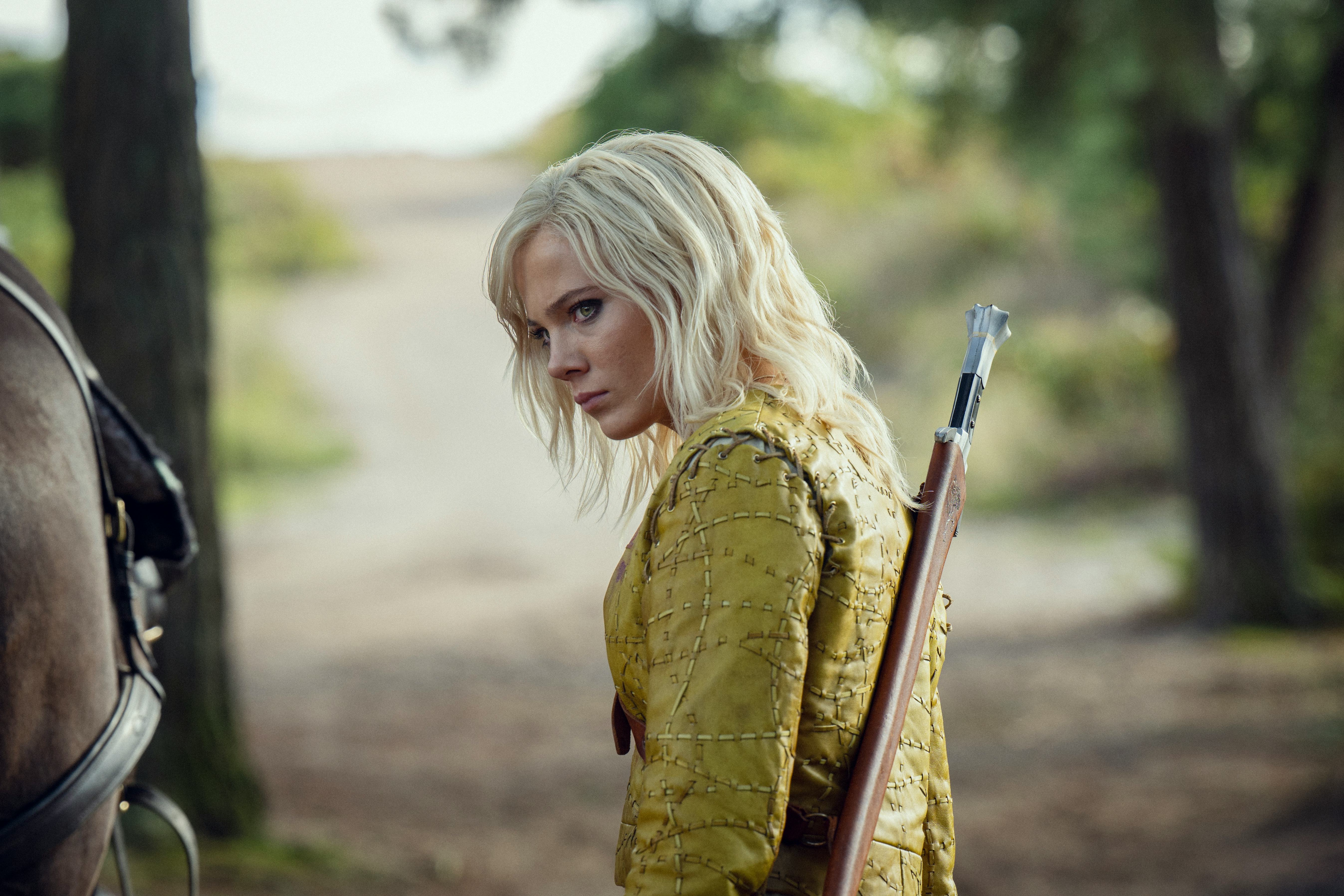
On paper, Ciri has always been the linchpin of The Witcher. Everything connects to the fallen princess of Cintra, and it’s no different in Season 4. Everybody wants to use Ciri for their own gain, from Vilgefortz — who plans to siphon her powers and unlock interdimensional travel — to the elves, who believe she’s their prophesied savior. Though The Witcher works hard to lay out all those conflicts anew, it’s still a bit too complex and slippery to make a difference. It falls to other characters to remind us why Ciri is so crucial to this story, mostly because Ciri is off on her own adventure, not in Nilfgaard, as Vilgefortz would have Geralt believe. At the end of Season 3, she accidentally travels via portal to the deserts of Korath, where she falls in with the teen outlaws known as the Rats. Season 4 is her rebellion era: she shears off her ashen locks and starts calling herself Falka — a nod to her ancestor, who’s encouraged her to embrace her dark side via dreams.
Ciri is running away from her destiny, denying herself the possibility of happiness with her found family... and it’s understandable, but it’s also a distraction from the much bigger things happening elsewhere. Ironically, The Witcher’s growing pains are best embodied in Ciri’s side quest with the Rats — though any time the series gestures loudly to Geralt’s state of flux, it comes dangerously close to undermining all the other parts of the show that finally seem to work.
The Witcher has always been warring with itself: It wants to tell a sophisticated, high-concept story, one as political as it is fantastical, but it can’t get out of its own way. Hamfisted hints at character development (“We’re evolving, Geralt!”) feel like weights around its cast’s collective neck — and it’s a shame, because they’re better than they’ve ever been. Our Witcher is walking blindly into an obvious trap, all because he’s so set in his own ways, and that’s as apt a metaphor for his eponymous show as anything. The Witcher is so close to achieving the magic that gave Season 1 so much potential, but it has to fully commit to its evolution to do so.


